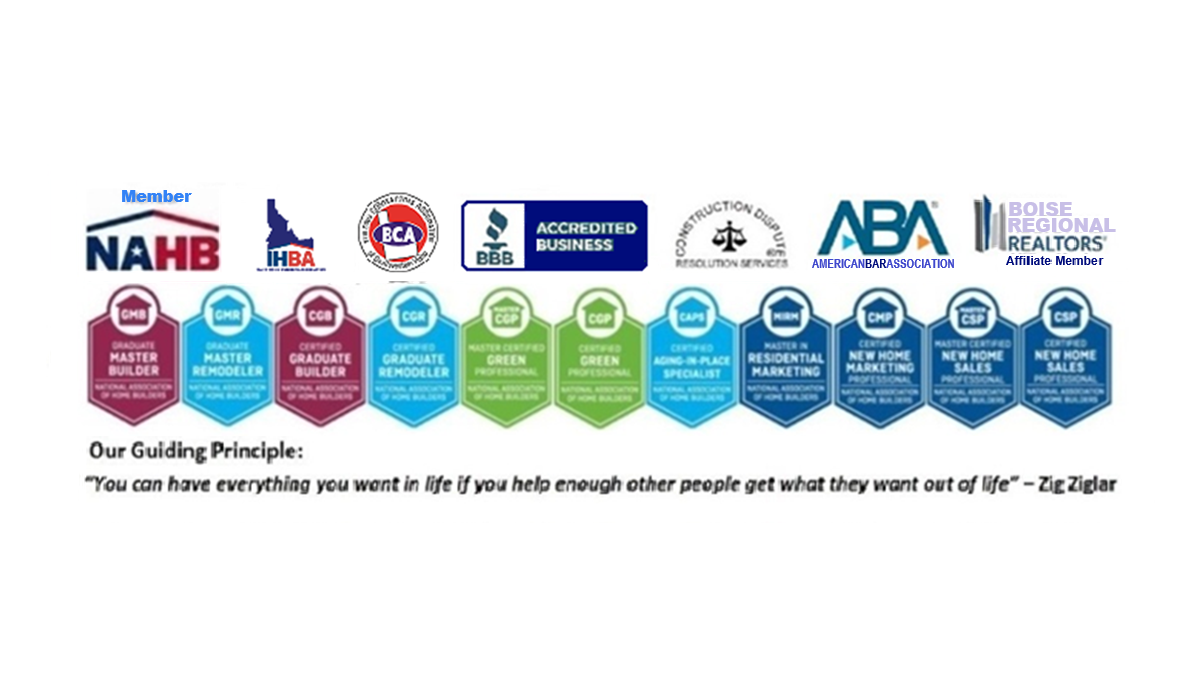7, Jul 2015
New vs. Existing Homes
According to recently released data from HUD and the U.S. Census Bureau, sales of newly built, single-family homes rose 2.2 percent to a seasonally adjusted annual rate of 546,000 units in May. This is the highest new-home sales rate since February 2008. The National Association of Realtors reported that the…
19, Jun 2015
Five Ways to Implement Universal Design in Your Home
Whether you’re raising a young family or beginning to enjoy an empty nest, the design of your home should meet your changing needs. Families looking to customize their homes to suit their lifestyles both now and in the future can easily implement universal design techniques. Universal design is the design of…
27, May 2015
Desire for New Amenities Remains Top Reason to Remodel
According to remodelers polled in National Association of Home Builder’s Remodeling Market Index (RMI), the number one reason customers remodeled their homes in 2014 was a “desire for better/newer amenities.” On a scale of 1 to 5 (where 1 indicates never or almost never, and 5 is very often), the…
2, Feb 2015
Clark Attic Transformation
Gwen and Ryan Clark need more living space for entertaining and for out-of-town guests. But they loved living in Hidden Springs and did not want to move. They even considering buying another home in Hidden Springs but that would mean they would have to sell their existing home. Then they…
3, Jan 2013
Should I remodel or should I move to a new or newer home?
If you want to change your home, your options are remodeling or finding a new one. More and more American families are deciding to stay put and improve their existing home. To begin with, make a list of all of the upgrades and improvements you’re considering. Be sure to include…
29, Jan 2012
Are you a savvy homeowner?
Your home is an investment, and the value of that investment is determined by the housing market. According to the latest American Express Spending & Saving Tracker, nearly two-thirds of homeowners say they will invest in renovation projects this year. You can increase the value of your home as an…
14, Aug 2011
Homeowners Seeking Increased Comfort, Not Increased Resale Value
According to ServiceMagic’s recently released Home Remodeling & Repair Index containing information compiled from 3.1 million service requests received through online marketplace from January to June of this year, as well as results from a survey of homeowners and service professionals conducted in July, homeowners are still looking to invest…
1, Feb 2011
Building material prices continue to rise
Single-family housing starts in 2010 totaled 475,000 – a 7 percent increase over 2009 but still substantially below the 1,256,000 average starts per year from 1995 through 2003. .Think the decrease in demand for new home construction has resulted in lower prices for building materials. Think again. Prices for materials…
17, May 2010
May is National Remodeling Month
Did you know that May is National Remodeling Month? Since the downturn in new residential construction that began in 2007, the media has been focusing on the number of new starts as the key indicator of the health of the residential construction industry. But focusing on the number of starts…


